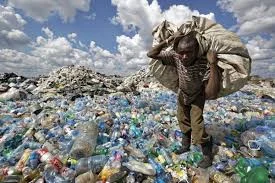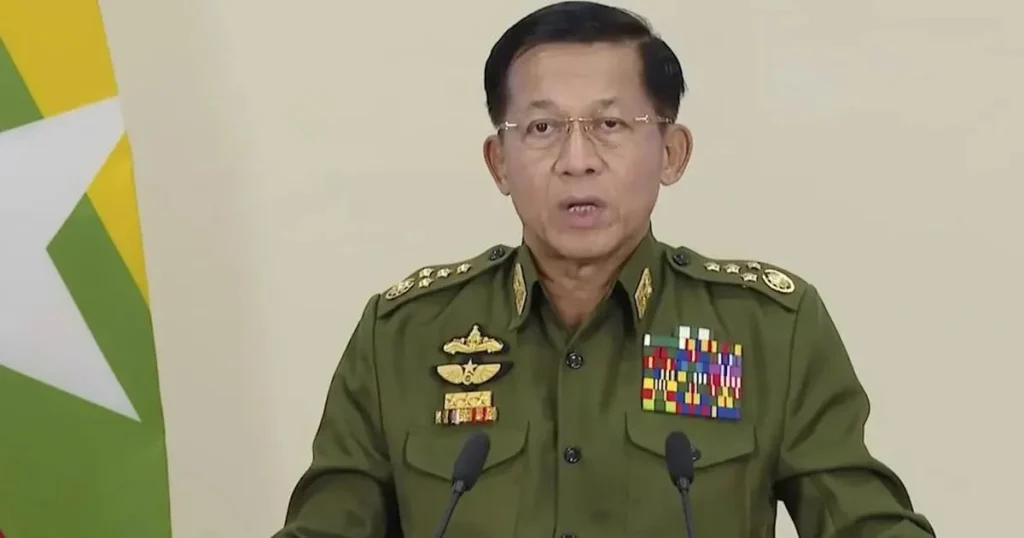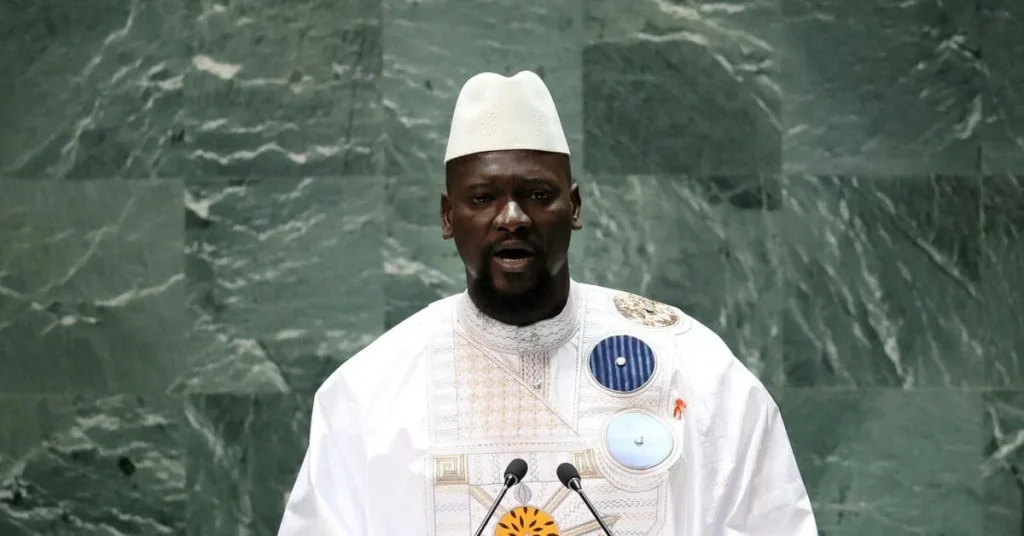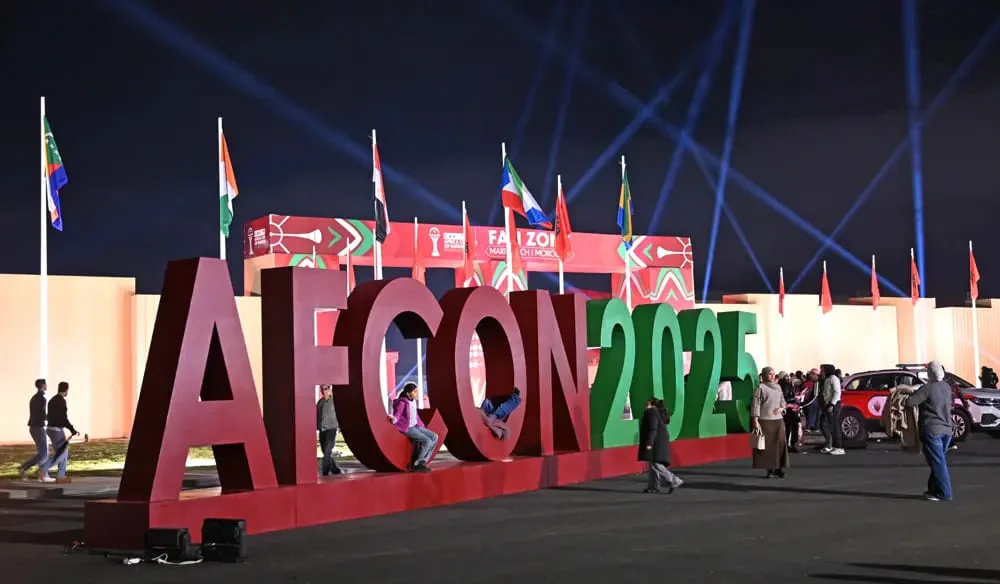The United Nations is set to launch formal negotiations to combat the escalating plastic pollution crisis, a move hailed as a pivotal moment for environmental protection. On Wednesday, the UN Environment Assembly (UNEA) in Nairobi will establish an intergovernmental committee tasked with crafting a legally binding global treaty by 2024 to address the growing plastic waste problem.
A Growing Environmental Crisis
Plastic pollution has reached alarming levels, with projections indicating that the volume of plastic waste entering oceans could triple by 2040 if left unchecked. The rapid increase in plastic production, which has outpaced all other materials, is expected to double within the next two decades. According to estimates, the equivalent of a garbage truck’s worth of plastic is dumped into the sea every minute, with less than 10% of plastic waste being recycled globally. The majority ends up in landfills or pollutes oceans, air, soil, and even the food chain.
This treaty aims to tackle the crisis comprehensively, addressing not only ocean-bound plastic but also microplastics that infiltrate ecosystems and pose risks to human health and biodiversity. The urgency of the situation has prompted governments worldwide to unite behind a coordinated global response.
A Comprehensive Framework for Change
The resolution adopted by UNEA provides a robust mandate for negotiators to develop rules that span the entire lifecycle of plastics—from production and design to use and disposal. This holistic approach could include measures to limit the creation of new plastic, which is primarily derived from fossil fuels like oil and gas. While specific policies will emerge during future discussions, the framework allows for binding global targets, monitoring mechanisms, and national action plans. Additionally, it includes provisions to support financing for developing nations to implement these measures effectively.
The mandate’s scope extends beyond marine pollution to address microplastics in the air, soil, and food chains, responding to demands from many nations for a broader focus on plastic pollution’s multifaceted impacts. This comprehensive strategy ensures that negotiators can tackle the issue at its roots, fostering sustainable practices across industries.
Global Support and Optimism
The initiative has garnered widespread support from UN member states, including major plastic-producing nations like the United States and China. Ana Teresa Lecaros, Peru’s director of environment, expressed strong approval of the resolution, which her country co-sponsored. “This outcome is exactly what we hoped for,” she said, emphasizing the resolution’s potential to drive meaningful change.
Inger Andersen, head of the UN Environment Programme, described the treaty as a landmark agreement, comparing its significance to the Paris climate accord. “This is a deal that will go down in history as a turning point for our planet,” she said. Norway’s climate and environment minister, Espen Barth Eide, who chairs UNEA, echoed this optimism, expressing confidence in the resolution’s strength as negotiations move forward.
Challenges and Industry Perspectives
While environmental groups are encouraged by the progress, they caution that the treaty’s effectiveness will depend on the rigor of upcoming negotiations, with the first round scheduled for May. These talks will determine the specifics of global targets and enforcement mechanisms, which are critical to ensuring accountability.
Major corporations, particularly in industries reliant on plastic for construction, medicine, and other essential applications, have voiced support for a treaty that establishes uniform regulations and fosters fair competition. However, they have also warned that outright bans on certain plastic materials could disrupt supply chains, highlighting the need for balanced policies that consider practical implications.
A Path Toward a Sustainable Future
The UN’s commitment to addressing plastic pollution marks a significant step toward a cleaner, healthier planet. By fostering international cooperation and setting ambitious yet achievable goals, the treaty has the potential to reshape how the world produces, uses, and disposes of plastic. As negotiations progress, stakeholders from governments to industries and environmental advocates will play a crucial role in ensuring the treaty delivers on its promise to curb the plastic pollution epidemic.






